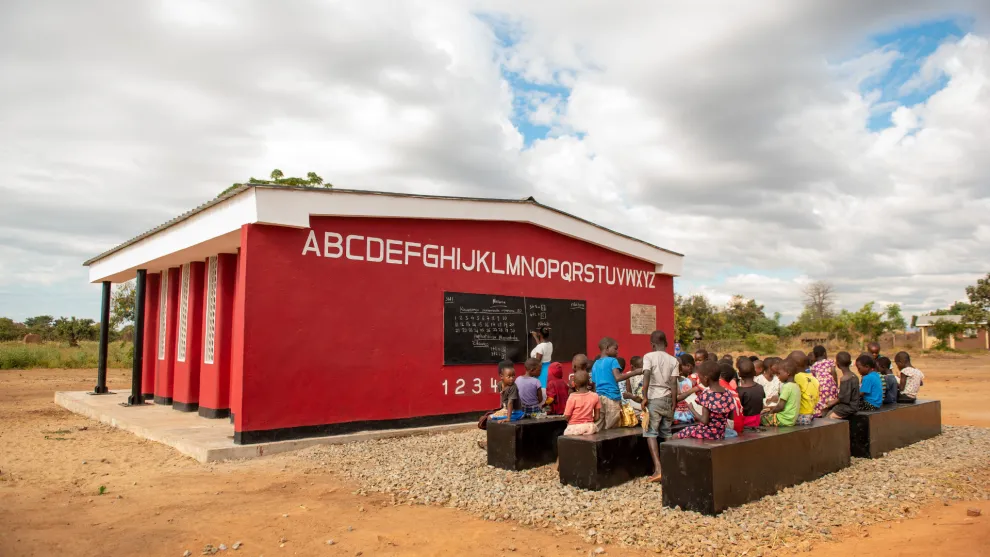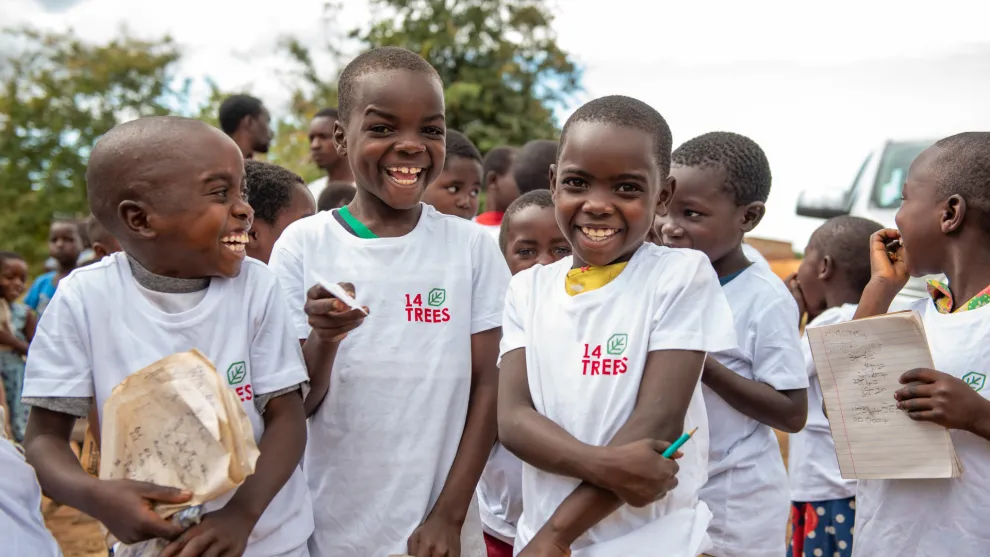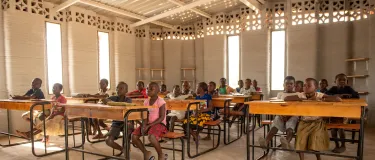Malawian children start in a school built by 14Trees’ 3D printer
Technology can truly change people’s lives for the better. The world’s first 3D-printed school has just opened in Malawi - built in record time with technology that can reduce the building’s environmental footprint by more than 50%. This innovative 3D printing process significantly reduces the time, cost and materials used for building housing and schools. Globally, it has the potential to bridge the education infrastructure gap at scale.

Credit: Bennie Khanyizira

Credit: Bennie Khanyizira
This much-needed primary school for children in a Malawi village will bring enormous benefits to thousands of children and their communities in coming years. Children have already started lessons in the school and the walls were 3D printed by 14Trees in just 18 hours - a building process that uses minimal materials and would usually take several days with conventional building materials.
The school is built by 14Trees, a joint venture with Holcim and CDC, the UK’s development finance arm, to accelerate the provision of affordable housing and schools in Africa. Innovative public-private partnerships such as 14Trees can make an enormous impact on education in developing countries, contributing to the achievement of the UN’s Sustainable Development Goals.
“Now that we’ve proven the concept in Malawi, we look forward to scaling up this technology across the broader region, with projects already in the pipeline in Kenya and Zimbabwe,” says Miljan Gutovic, Region Head of Europe, Middle East and Africa at Holcim Group.
How 3D Printers Can Change Schooling For Thousands Of Children
In Malawi alone, UNICEF estimates a shortage of 36,000 classrooms, which would take 70 years to build using conventional methods. According to 14Trees, this infrastructure gap could be bridged in just ten years with 3D printing, meaning dozens more generations will benefit from a formal learning environment.
The school was built in the Salima district, which has a population of 38,000. “I am very impressed by the new building – its durability and design provide the space and facilities that students did not have before. This school will attract more students, and those learners that had left will return to education,” says Juliana Kuphanga Chikandila, Primary Education Advisor, representing the Director of Education, Youth and Sports in Malawi.
The new technology also supports the creation of highly-skilled jobs, with local people being trained as 3D machine operators and specialists. And as more and more schools are built, jobs will be created for local painters, roofers and carpenters.






